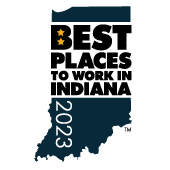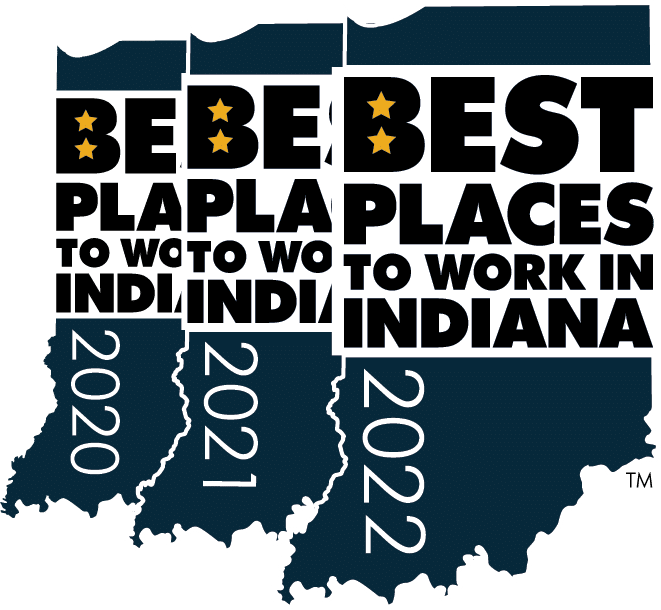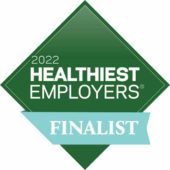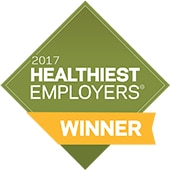3 strategies for reducing pharmacy costs

Nearly 30 percent of employers in a recent National Business Group on Health survey ranked specialty pharmacy drugs as a top driver of health care costs. As more high-priced drugs enter the market, employers must keep a closer eye on it as part of an overall cost-savings strategy.
For employers and brokers trying to determine how to decrease pharmacy costs for their organization and clients, here are three distinct components to consider.
Plan design
When designing health care and benefits plans, employers should look within their own employee population to determine prescription utilization. To do this, employers should invest in and utilize analytics. Using analytics to examine claims data can help keep broker and their clients keep a watchful eye on both cost and utilization.
Once benefits administrators have access to their claims data, they should examine the number of prescriptions being used and address the following questions: Are employees, on average, using more prescriptions than last year? Is there a large population of employees using specialty drugs?
Metrics in this area will provide HR or benefits managers with a more accurate depiction of the employee population and current prescription utilization, including details on each of the four pharmacy tiers.
Pharmacy benefits within plan designs are typically broken down into four tiers: generic, preferred brand, non-preferred brand and specialty. Each tier offers different deductibles, co-insurance and copays that can be configured to steer members to proper usage. For example, generic co-insurance amounts will typically be lower than non-preferred brand amounts. Employers need to pay attention to utilization rates of these four tiers, especially generic prescriptions versus brand name, to better understand the levels of steerage towards one over the other and, at a macro level, how to steer your employees to the proper use of pharmacy benefits.
One challenge this presents is that benefit plan documents are becoming increasingly confusing, and many consumers don’t read or may not understand the details behind their benefit plan, which brings us to the second component.
Education
It’s important to help consumers navigate the pharmacy benefits field and make informed decisions when it comes to their health care and prescription drug use. A central goal for employers is to educate and empower employees on pharmacy costs, since some consumers have the perception that buying generic prescriptions won’t be as effective as brand drugs. A simple first step for employers to taken when addressing this misconception is to educate their employees on the truth behind generic drugs: They’re just as effective as their name brand equivalents.
Per the FDA, “A generic medicine works in the same way and provides the same clinical benefit as its brand-name version. This standard applies to all FDA-approved generic medicines. A generic medicine is the same as a brand-name medicine in dosage, safety, effectiveness, strength, stability and quality, as well as in the way it is taken and should be used.” Consumers should be reassured this isn’t just a cost savings strategy for the employer, but it really will save them money without sacrificing quality.
Smart companies may work on their own to educate themselves on the space, but many are partnering with PBMs or brokers to manage health plans and educate employees. This process is helping employers educate themselves on best practices to lower pharma costs, like steerage towards generic prescriptions and rebate negotiations, and use insights from partners to more effectively drive action with analytic reports.
However, the health system is complex. Employees aren’t going to necessarily understand the relationship with PBMs, so it’s up to the employer to teach their workplace to explore and ask about more affordable health care option, whether it’s asking their doctor if there’s a cheaper alternative to a surgery or asking a pharmacist directly about an affordable drug.
For example, physicians are often incentivized to offer certain drugs over others, so this is the first choice they’ll mention to patients.
Management
When it comes to specialty drugs, employers partnering with PBMs or brokers are getting a leg up on utilization management. Analyzing claims data can help employers and partners better understand the employee population and determine where cost drivers are occurring, either on the benefit plan design side or pharmacy or health care usage.
For example, in examining claims utilization, employers may see that employees are skipping preventative care. By partnering with brokers or PBMs, employers can consider offering onsite health centers, health care concierge services or other tools to encourage wellness to ultimately save costs.
On the pharmacy cost side, examining claims can help employers understand how people with chronic conditions are managing their care and if they’re taking necessary steps manage their condition. If they’re driving high medical costs through hospitalization or readmissions, they may need additional management. PBMs should also help to steer consumers towards generic prescriptions so employers see an increase in generic and decrease in brand utilization.
Employers must understand that cost containment and management is more than simply cost shifting. Those too focused on reducing overall costs may develop plans that drive down utilization too much, to the point where employees reduce medication adherence, leading to complications that could result in ER visits or hospital stays that costing much more than the original medications. The goal in plan management is to create a fine balance and to focus on the well-being of employees. Consumers should be able to seek preventative care and medications as needed for maintenance drugs, without abusing offerings or seeking out specialty medication where not necessary.
By analyzing claims data on an ongoing, cyclical basis, especially during open enrollmentplanning and after enrollment ends, employers and PBMs or broker partners can help contain and manage pharmacy costs by thinking about plan design, educating themselves and employees, and understanding and improving management.
Original article from Benefits Pro.







